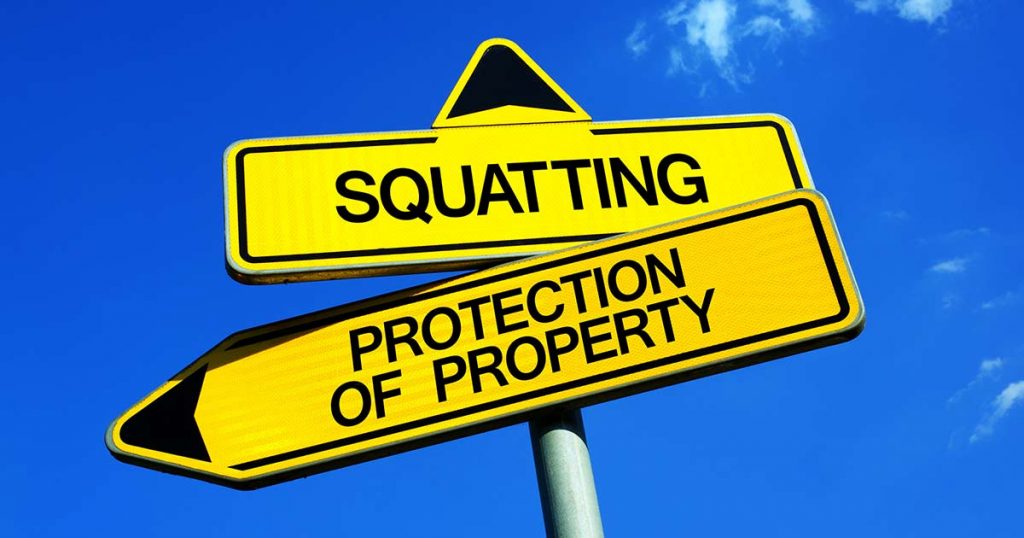The law relating to squatters’ rights is not straightforward and concerned landowners should always seek legal advice. As an Upper Tribunal (UT) ruling showed, however, they can give themselves at least some protection by following a simple rule: use it or lose it.
The case concerned a narrow strip of land that once formed part of a railway track that was dismantled following the Beeching reforms. In 1987, the owner of adjoining land bought the strip from the British Railways Board. Possessory title to it was later registered in his name and that title passed to his daughter on his death.
Nine years prior to the purchase, however, a couple who owned another adjoining plot had fenced off the strip’s southern boundary, effectively closing it off from all comers, including the purchaser. The couple thereby took exclusive possession of the strip, which was used by their son for grazing sheep.
The couple’s property subsequently changed hands three times, and in 2017 its current owner claimed squatters’ rights in respect of the strip and applied to be registered as its legal proprietor. The purchaser’s daughter objected, but the current owner’s arguments succeeded before the First-tier Tribunal.
Rejecting the daughter’s appeal against that outcome, the UT found that the couple took adverse possession of the strip when the fence was erected. They developed squatters’ rights in respect of it 12 years thereafter. From that point onwards, the purchaser, and latterly his daughter, held paper title to the strip on trust for the couple and their successors in title. The Chief Land Registrar was directed to give effect to the current owner’s application.




